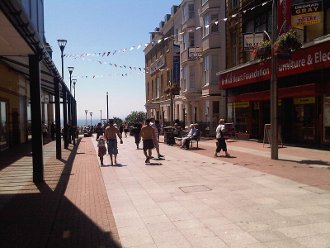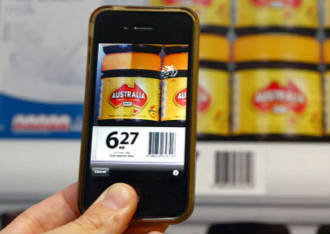 IT and web design hirings are growing at a much faster rate than those in retail, research has found.
IT and web design hirings are growing at a much faster rate than those in retail, research has found.
According to specialist technology recruiter Greythorn, 32,000 IT and web design jobs were created over the past year, marking a 12 percent rise, while retail job hirings rose by only three percent.
In the IT sector the biggest increase in jobs has been in web design which has risen 19.4 percent from 31,000 to 37,000 roles. The number of IT business architects and system designers has also risen 18.8 percent from 85,000 to 101,000 in the same period.
Graythorn said the contrast in hirings could be put down to the fact that online spending in the retail space had grown.
According to figures by the British Retail Consortium, online sales grew 10.9 percent in the year to February 2013, two and half times the rate of total retail sales, while the Office of National Statistics found an 8.7 percent increase in online retail sales despite a 0.6 percent year on year fall in overall retail sales.
Graythorn said that this had a knock on effect on the IT industry with large retailers hiring staff to work on their online and IT teams. One example is John Lewis which announced it would be hiring 100 new online staff, while making managerial cuts on the shop floor.
From their own figures, Greythorn said it had also seen growth of 89 percent in IT roles placed in online retail over the past year, compared with the previous twelve months.
Mark Baxter said as online shopping grew, companies were increasingly investing in improving the customer experience and the back office operations supporting online sales. He said this was a key stage in transferring to a high tech economy.
“The number of specialised new roles is growing and that is only good news for IT professionals,” he added.
As well as an increase in jobs, IT salaries are also typically higher than those in retail. The average salary of an IT system designer is £37,092, whereas a Retail Manager, with a similar level of seniority, earns an average salary of £21,237.
However, the recruiter pointed out that due to increased numbers and new roles, IT pay had seen slow growth with rises of 0.35 percent for IT system designers and 1.18 percent for software developers, and there has been a -0.45 percent fall in pay for web designers.
Pay growth in retail was described as a “mixed picture”, with strong rises of 3.13 percent for retail managers, but falls of -2.01 percent and -2.39 percent for sales cashiers and retail assistants respectively.
 Monthly figures released by KPMG and the British Retail Consortium show that growth on the high street showed a 2.6 percent increase in October – up from 2.4 percent in September.
Monthly figures released by KPMG and the British Retail Consortium show that growth on the high street showed a 2.6 percent increase in October – up from 2.4 percent in September.










